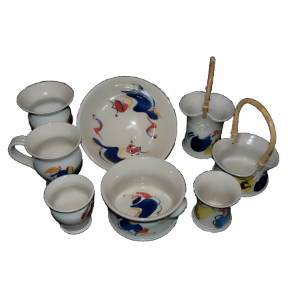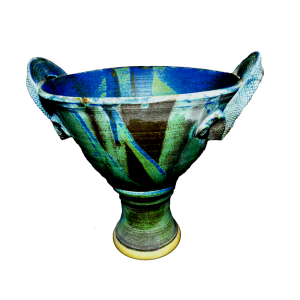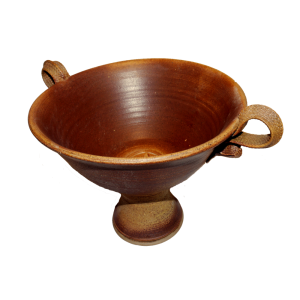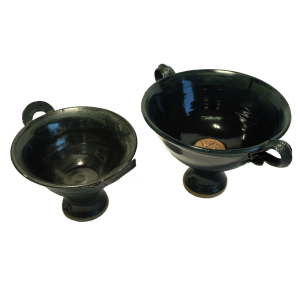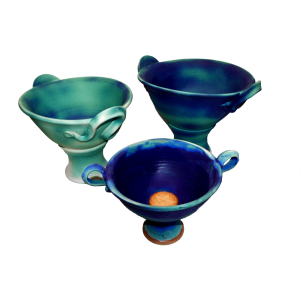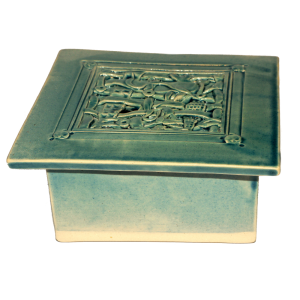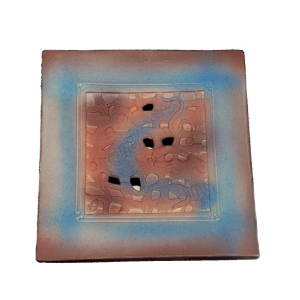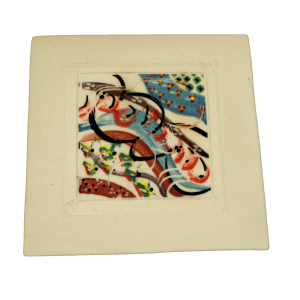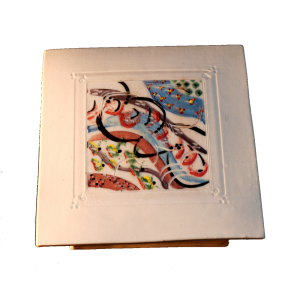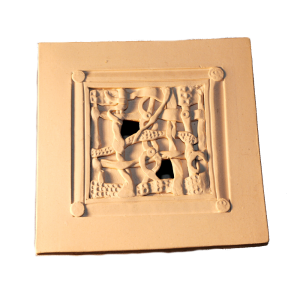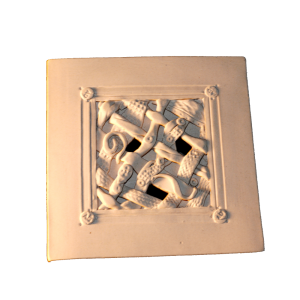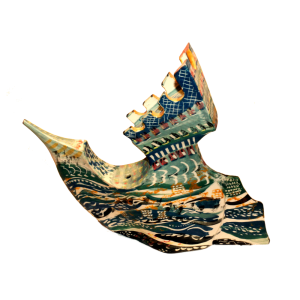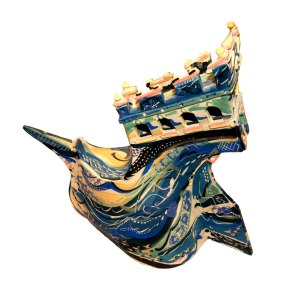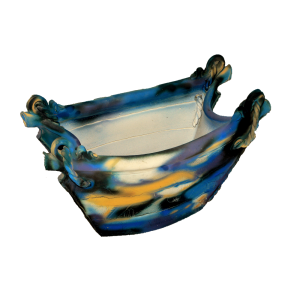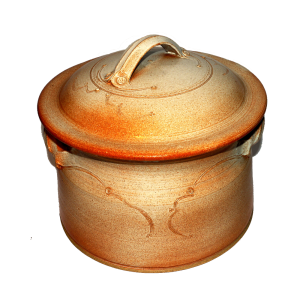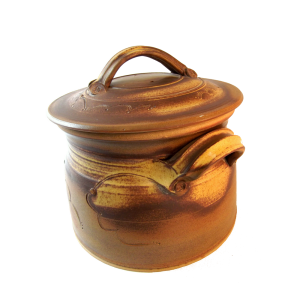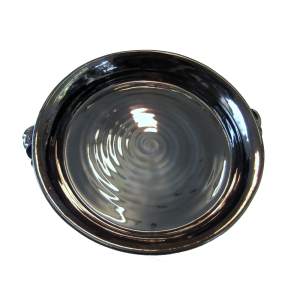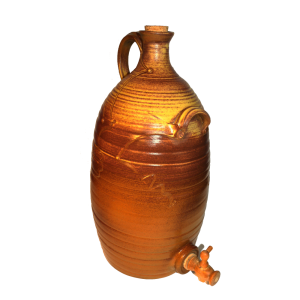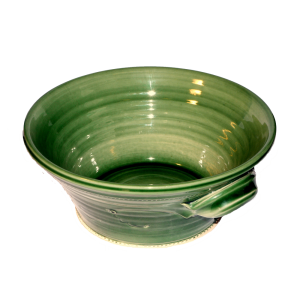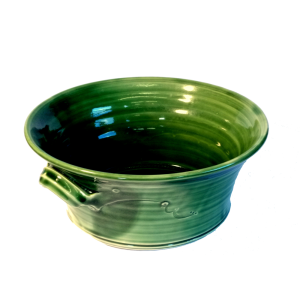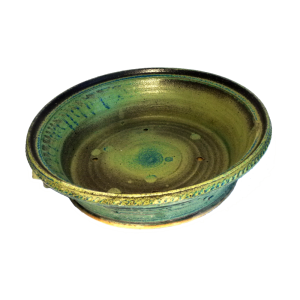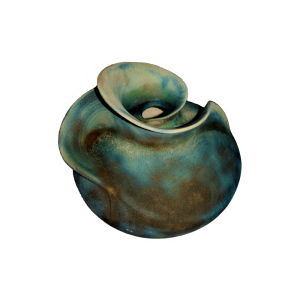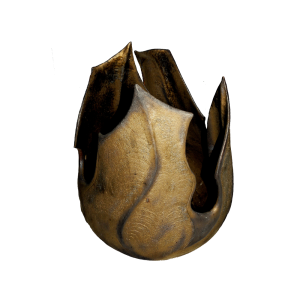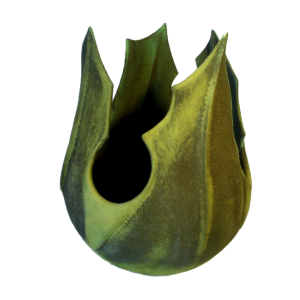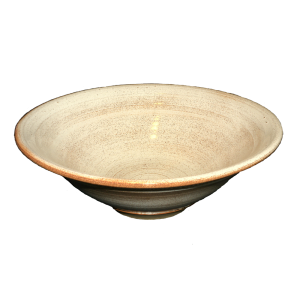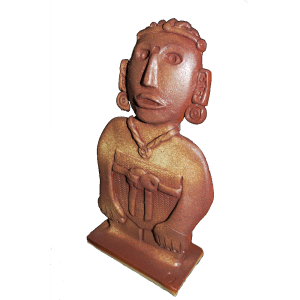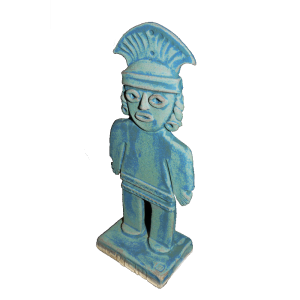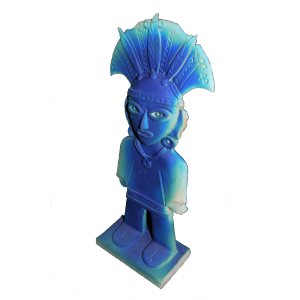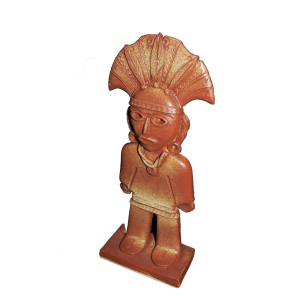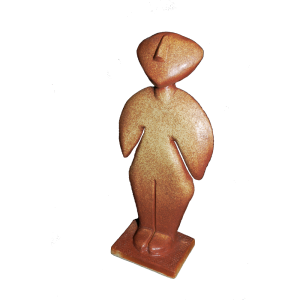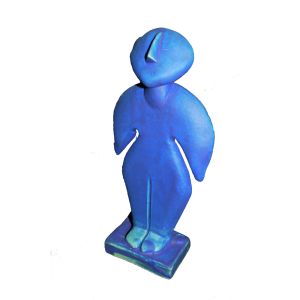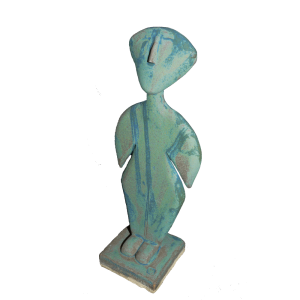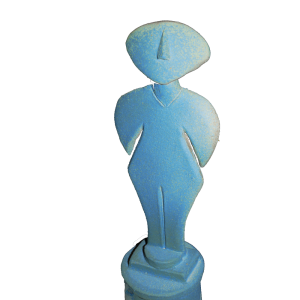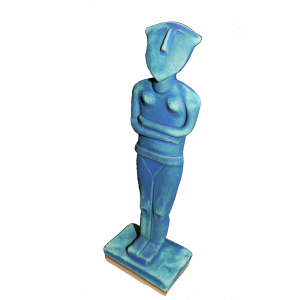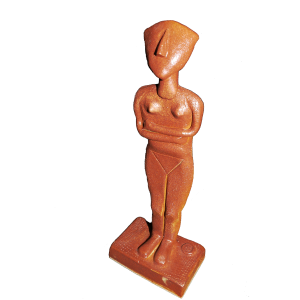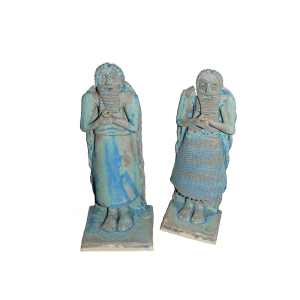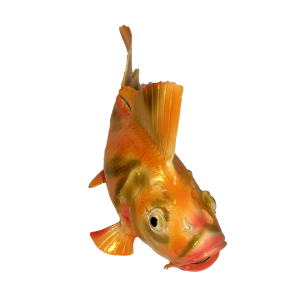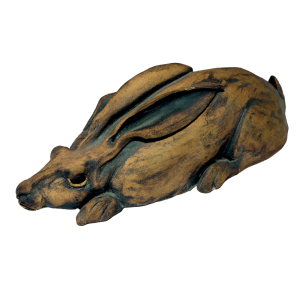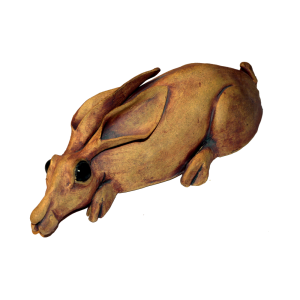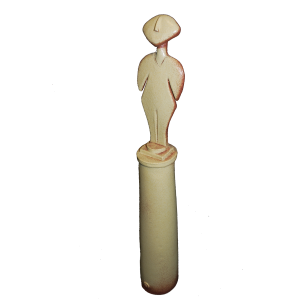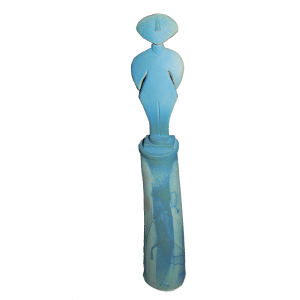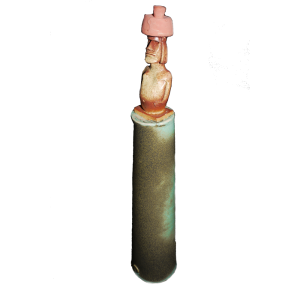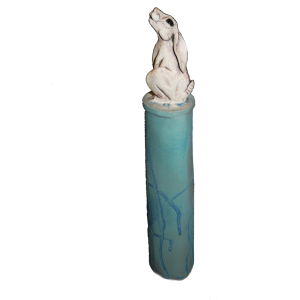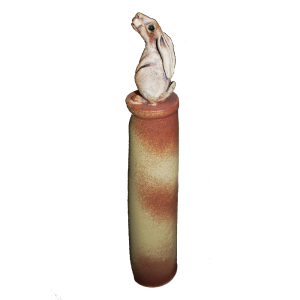Category Archives: Cornwall
Chalices
| Green Glaze | |||
|---|---|---|---|
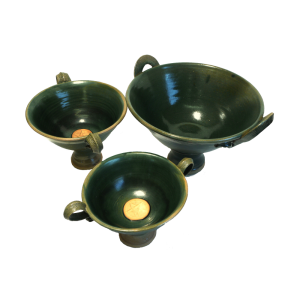 Size 19cm £40.00 23cm £50.00 30cm £60.00 |
Large Scale Ceramics
| Ship Shape | Ship Shape | Ship Shape | |
|---|---|---|---|
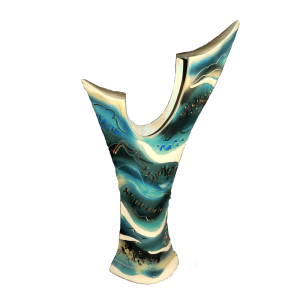 Painted ColoursSize 55cm £110.00 |
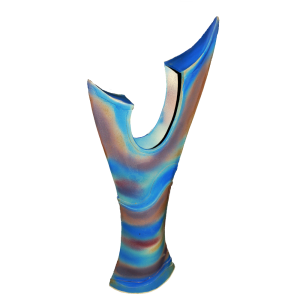 Painted ColoursSize 65cm £125.00 |
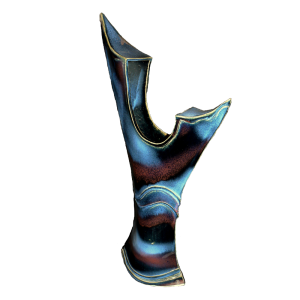 Sprayed ColoursSize 52cm £110.00 |
Modelled Ceramics
| Chameleon | Dog | Dog | Dog |
|---|---|---|---|
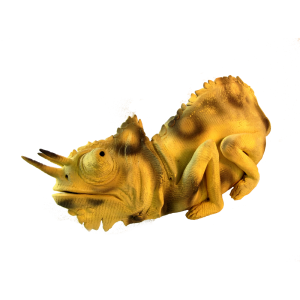 Size 35x15cm £130.00 |
 Size 24cm £110.00 |
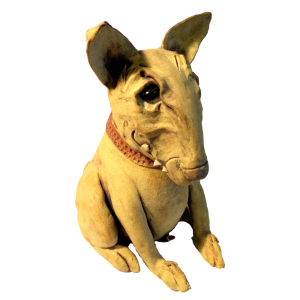 Size 25cm £110.00 |
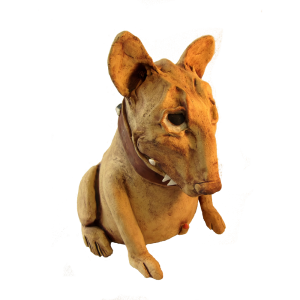 Size 25cm £110.00 |
| Fish | Fish | Blue Fish | Blue Fish |
|---|---|---|---|
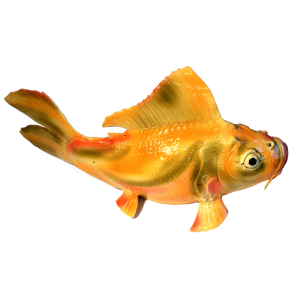 Size 52x21cm £150.00 |
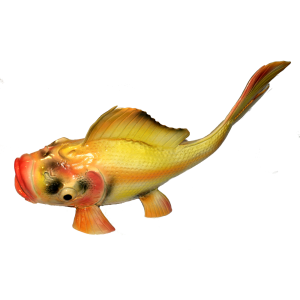 Size 53x26cm £150.00 |
 Size 52x21cm £150.00 |
 Size 52x21cm £150.00 |
| Pig | |||
|---|---|---|---|
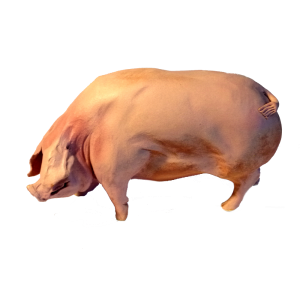 Size 32x19cm £180.00 |
One Off Ceramics
| Boat Forms | Boxes | Chalices | Cloud Top Forms |
|---|---|---|---|
 |
 |
 |
 |
| Galaxy Bowls | Galaxy Flared Vases | Miscellaneous | Pagoda Forms |
|---|---|---|---|
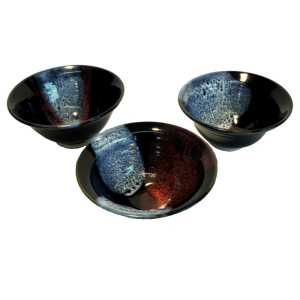 |
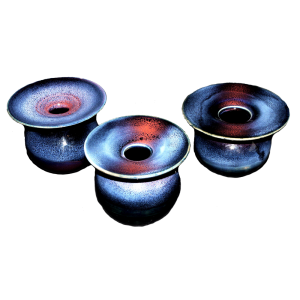 |
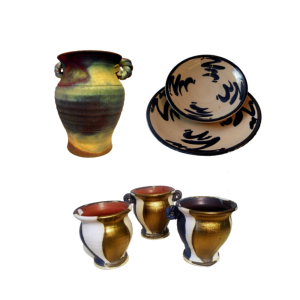 |
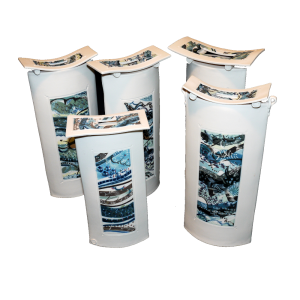 |
| Square Dishes | Wave Bowls | Wave Form Vases | Bright Green Cut Rim Plates |
|---|---|---|---|
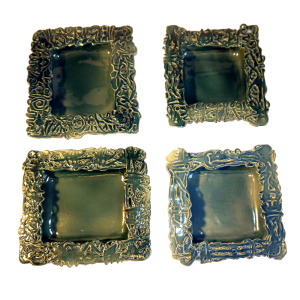 |
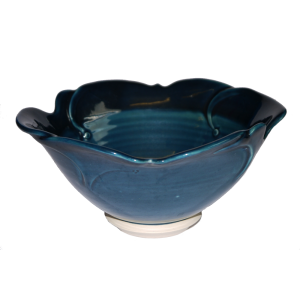 |
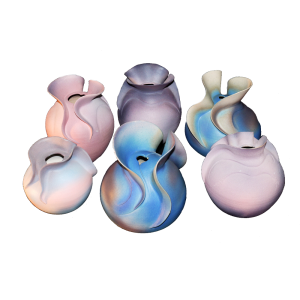 |
 |
| Dreamtime | |||
|---|---|---|---|
 |
About Alan DiMambro Ceramics
Alan DiMambro

My Work:
I made my first pots in 1977. That’s when I knew what I needed to be. Life changed upon entering degree training, as I developed skills and insights as a craftsman. Much of my work since has been in oxidised stoneware using my own colour & glaze formulations. Running a workshop in tourist driven environments demands flexibility and a wide product base to survive. I have developed the skills and experience to produce almost anything in clay and my work now reflects this.
Model animals and standing figures rank alongside tableware, painted porcelain forms and large scale organic forms. I am constantly looking for new forms of expression and ways to refine what I do.
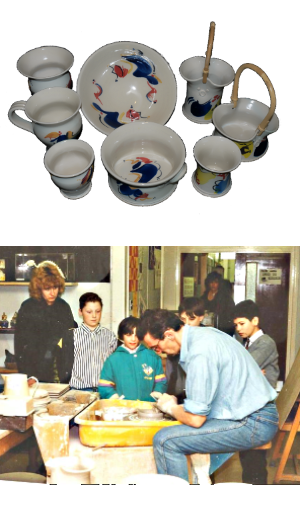
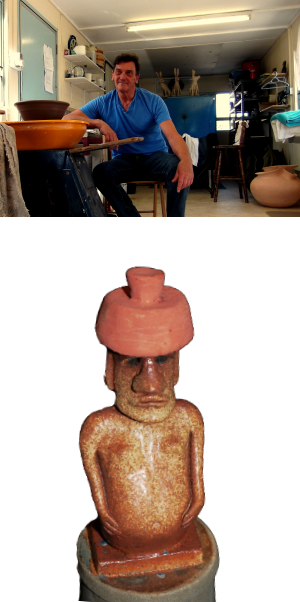
CV:
1947 – 1963 Born and educated in Bristol.
1963 – 1970 Industrial experience in several fields.
1971 – 1975 Relocated to Swindon . Further industrial experience.
1976 – 1977 Foundation studies at Swindon College.
1977 – 1980 Honours Degree studies in 3-D design.
1980 – 1981 Post Graduate studies in education PGCE.
1981 – 1993 Full-time tutoring in art & design as ceramics specialist.
1994 – 2001 Full time ceramics production in stoneware, porcelain & raku.
2002 – 2012 Relocated to North Devon and later to Cornwall.
Established workshop in Mevagissy, Cornwall
2012 – Latest studio established at Wheal Rose, Cornwall.
Alan DiMambro Ceramics
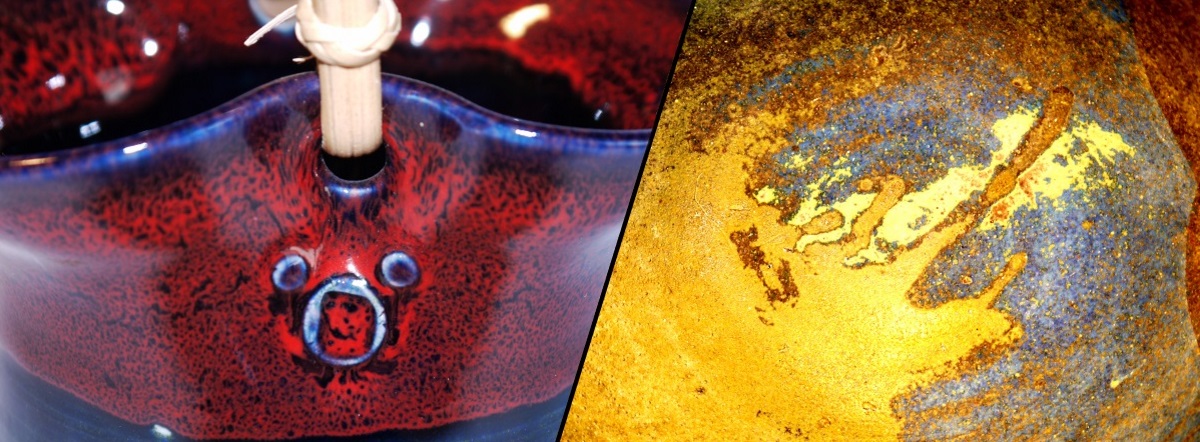
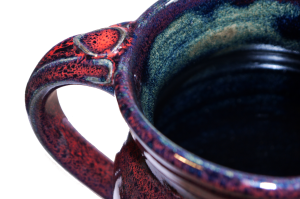 |
 |
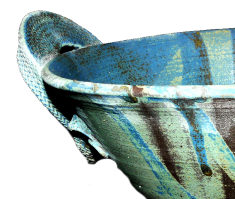 |
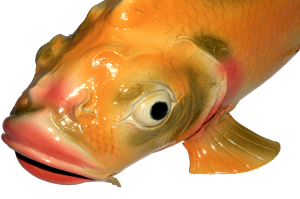 |
Pottery:
Pottery is an ornamental ware shaped from moist clay and hardened by heating it. The type of clay used and the temperature at which it is fired give pottery a different appearance and strength.
There are three main pottery types.
Earthenware:
It is also know as biscuit or bisque and it is fired at low temperatures – 1800° to 2100° Fahrenheit. It usually colours are reddish or white. Biscuit is any pottery that has been fired but without a ceramics glaze. Due to its high porosity, earthenware must usually be glazed to enable it to hold water. Earthenware pieces have been found that date back to1400-1200 BC, making this craft the oldest pottery in history.
Stoneware:
It is made from a heavier clay mixture, which can be fired at much higher temperatures – 2200° to 2400° Fahrenheit. It is dense, impermeable and hard enough to resist scratching generally it is a brownish grey in colour and it can be used both blazed and unglazed. Ideal for cooking and baking.
Porcelain:
It’s made of a specific type of clay, containing kaolinite, also known as China Clay, and it is fired at high temperatures – 2200° to 2500° Fahrenheit. It is hard, impermeable (even before glazing), white, translucent.
Ceramics:
Ceramic a general term. The term is derived from the Greek word keramos, which means “clay”.
In the past, ceramics were produced by shaping clay, then decorating it, very often glazing it and firing it at high temperatures within a kiln. The definition of ceramics has now changed, the term ceramics now refers to a diverse group of materials, including cements and glass. While all of them are fired at high temperatures, clay is no longer a single component of ceramics.
Nowadays, the term ceramics technically includes both pottery and porcelain, which, with their standard formulas, have come to popularly represent quality grades.

